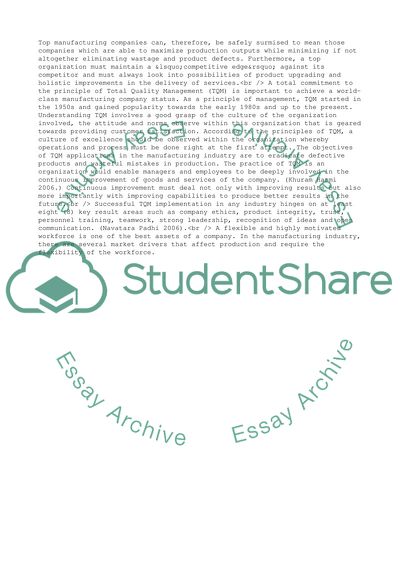Cite this document
(The Principle of Total Quality Management Assignment - 2, n.d.)
The Principle of Total Quality Management Assignment - 2. https://studentshare.org/management/1703623-management-accounting
The Principle of Total Quality Management Assignment - 2. https://studentshare.org/management/1703623-management-accounting
(The Principle of Total Quality Management Assignment - 2)
The Principle of Total Quality Management Assignment - 2. https://studentshare.org/management/1703623-management-accounting.
The Principle of Total Quality Management Assignment - 2. https://studentshare.org/management/1703623-management-accounting.
“The Principle of Total Quality Management Assignment - 2”. https://studentshare.org/management/1703623-management-accounting.


